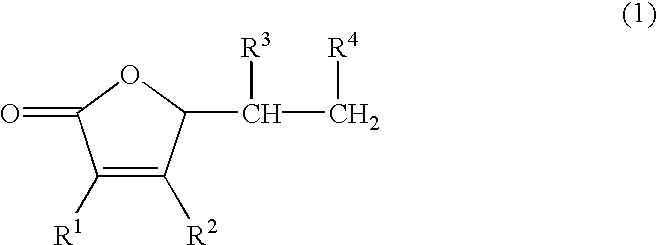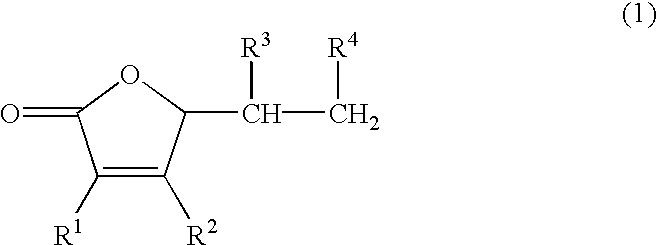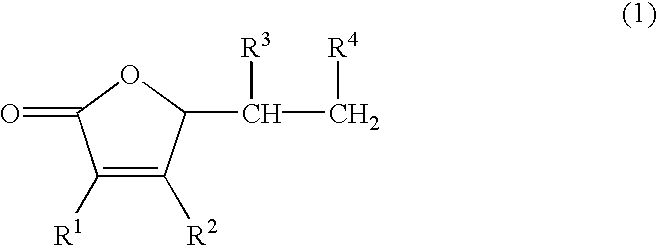Hair treatment agent
a hair treatment and hair technology, applied in the field of hair treatment, can solve the problems of increasing split ends or falling hair, reducing the strength or decreasing of hair moisture retentivity, and generating creaky feeling or loss of smoothness, etc., and achieves easy and simple scavenging, high storage stability, and easy elimination of free chlorine
- Summary
- Abstract
- Description
- Claims
- Application Information
AI Technical Summary
Benefits of technology
Problems solved by technology
Method used
Image
Examples
example 1
Blend Example 1
[0128]
7 Styling Jell (Ingredient Blended) (Amount Blended) A: Ascorbyl 2-phosphate sodium salt 5.0% Carboxymethyl cellulose 1.0% Purified water 15.0% B: Triethanolamine 0.5% Purified water 4.5% C: Glycerin 30.0% Polyvinyl pyrrolidone 5.0% Purified water 5.0% D: Ethyl parahydroxybenzoate 0.1% 1,3-Butylene glycol 10.0% Purified water an amount to make 100% in total of all ingredients
[0129]
[0130] Respective ingredients constituting D were heated at 80.degree. C. and uniformly dissolved and the resulting solution was cooled to an ordinary temperature to prepare Ingredient D. Similarly, respective ingredients of each of A, B and C were mixed and dissolved at an ordinary temperature to prepare Ingredient A, Ingredient B and Ingredient C. In the thus-prepared Ingredient A, Ingredients B to D prepared similarly were added in the order of B, C and D while stirring. The obtained solution was further stirred to be uniform and left standing, thereby obtaining a styling jell.
example 2
Blend Example 2
[0131]
8 Cream Rinse (Ingredient Blended) (Amount Blended) A: Ascorbyl 2-phosphate sodium salt 5.0% Stearyltrimethyl-ammonium 4.0% chloride Cetanol 2.5% Behenyl alcohol 2.0% 1,3-Propylene glycol 5.0% Butyl parahydroxybenzoate 0.1% B: Purified water an amount making 100% in total of all ingredients
[0132]
[0133] Respective ingredients in A above were heated at 80.degree. C. and dissolved to prepare Ingredient A. To the-thus obtained Ingredient A, Ingredient B previously heated at 80.degree. C. was added while stirring and emulsified. The stirring was further continued and when the solution temperature reached from 35 to 40.degree. C., the stirring was stopped and the solution was left standing, as a result, a cream rinse was obtained.
PUM
| Property | Measurement | Unit |
|---|---|---|
| Percent by mass | aaaaa | aaaaa |
| Molar density | aaaaa | aaaaa |
| Molar density | aaaaa | aaaaa |
Abstract
Description
Claims
Application Information
 Login to View More
Login to View More - R&D
- Intellectual Property
- Life Sciences
- Materials
- Tech Scout
- Unparalleled Data Quality
- Higher Quality Content
- 60% Fewer Hallucinations
Browse by: Latest US Patents, China's latest patents, Technical Efficacy Thesaurus, Application Domain, Technology Topic, Popular Technical Reports.
© 2025 PatSnap. All rights reserved.Legal|Privacy policy|Modern Slavery Act Transparency Statement|Sitemap|About US| Contact US: help@patsnap.com



